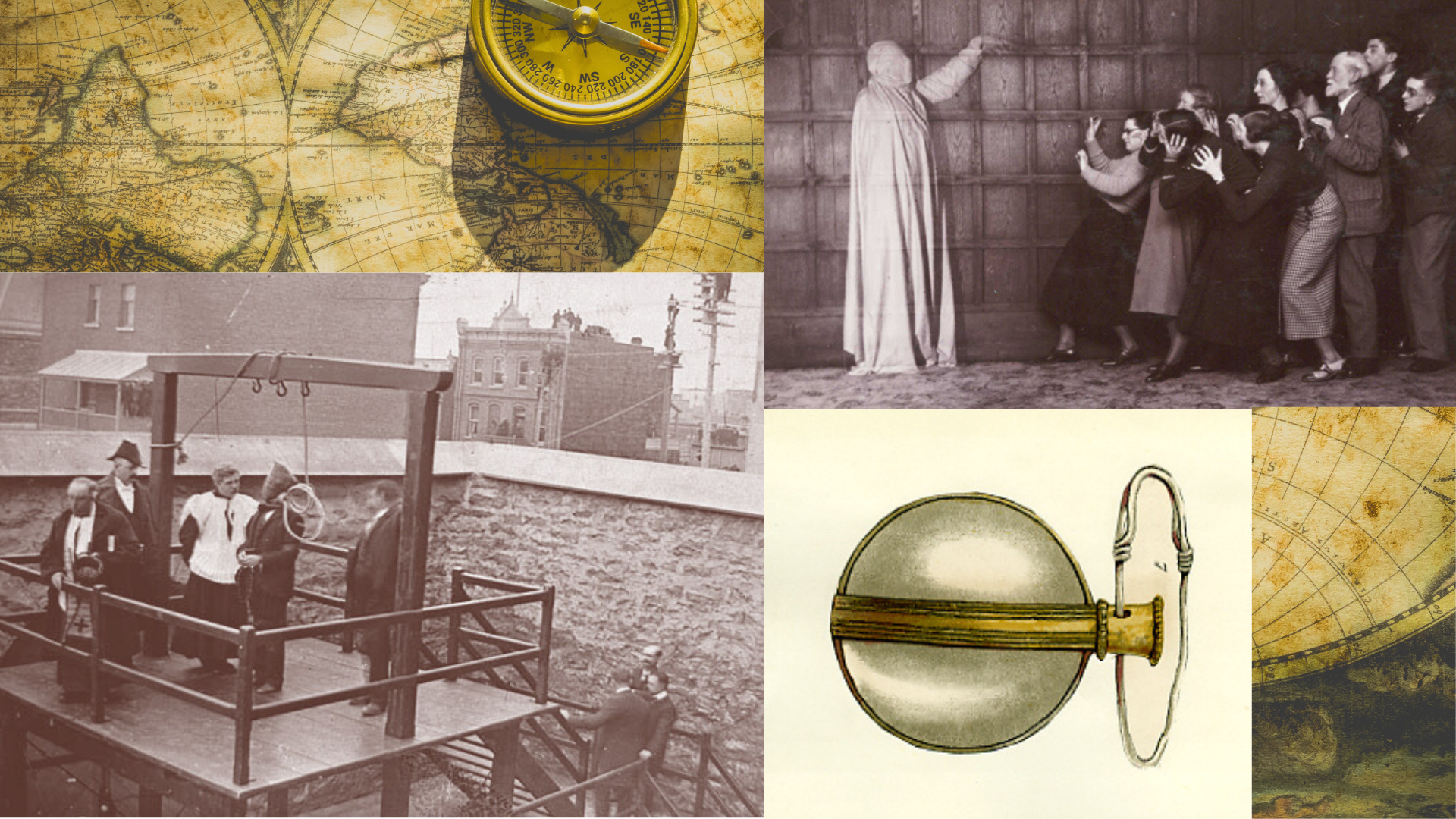HIST 479A Cultural History of Imperial China: A Journey in Six Dreams
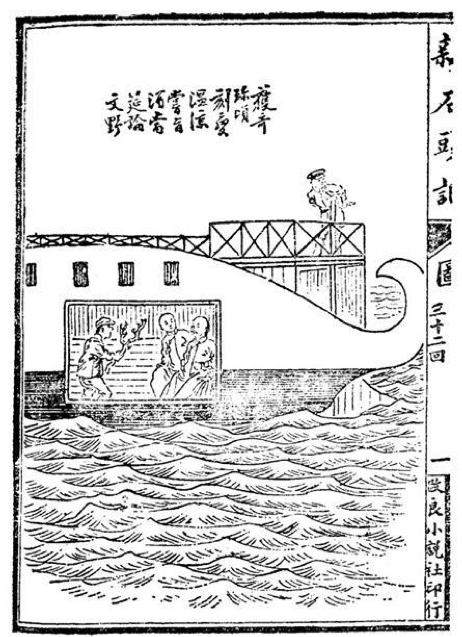

An illustration from a 1905 edition of the novel Dream of the Red Chamber by Cao Xueqin, featuring characters in a submarine.


Prof. Shoufu Yin
Instructor: Prof. Shoufu Yin
Why did you choose this image to represent the course?
Published in 1905, this image features Jia Baoyu—the principal character in the eighteenth-century novel Dream of the Red Chamber—in a submarine. It captures a great variety of cultural aspects of late imperial China, many of which remain understudied and under-appreciated, such as reading and education, sailing and diaspora, science and technology, dreams and fantasies, legacies from the past, and imaginations of future.
What makes you excited about the course?
In this course, we will take “dream” as a heuristic device to survey different aspects of “Chinese” cultures (with a focus on 1200 to 1900). As such, we will critically examine the cultures of education, bureaucracy, commerce, diaspora, violence, gender, and their transformations. With the canonical text Dream of the Red Chamber, for example, we will explore interdisciplinary approaches to material, culinary, religious, and intellectual cultures. With Hong Xiuquan’s dream about the Heavenly Kingdom, we will trace the introduction of Christian and European cultures into China.
What can students expect from the course?
We will be doing history together. It is like taking a submarine, delving into a blue ocean of research. It is like starting a new dream. No previous background in Chinese or cultural history is required. Students will be evaluated based on their input and progress.
HIST 353A Political Economy of the Modern Middle East
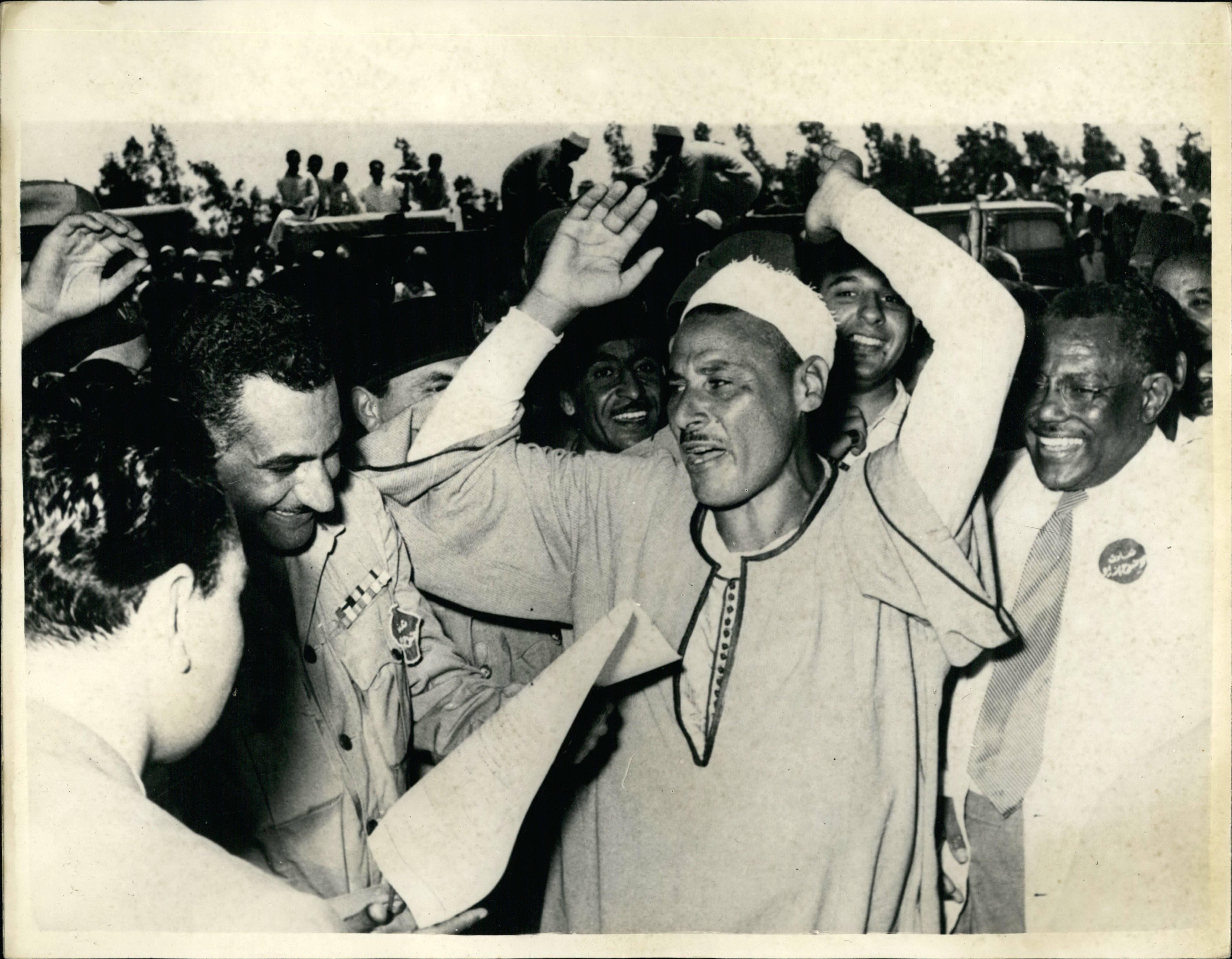

An Egyptian peasant rejoices upon receiving title to land, while President Nasser and other political dignitaries look on. Jul. 07, 1954.


Prof. Hicham Safieddine
Instructor: Prof. Hicham Safieddine
Why did you choose this image to represent the course?
People, not just numbers and charts, are at the heart of political economy. Structural changes to how societies are organized politically and economically can impact the lives of millions of ordinary people. After Egypt’s 1952 revolution, agrarian reform led to large scale redistribution of agricultural land. In this picture, an Egyptian peasant rejoices upon receiving title to his new piece of land while political dignitaries, including President Nasser, look on.
What makes you excited about the course?
I am excited about exploring subjects of economic development and independence from a fresh perspective that centres people and politics rather than markets while placing Middle East history in a global perspective. Case studies include two of the most politically-heated projects of development in the 20th century: Egypt’s Aswan Dam, and the TAPLine – the first mega scale project of oil excavation and transportation across the Arabian Peninsula.
What can students expect from the course?
Students can look forward to examining political economy in relation to development, gender, geopolitics and nation-building. No background in economics is needed. In addition to lectures, there will be lively seminar discussions augmented by documentaries and other visual material. Assignments will be a fair mix of written work (book review, paper proposal, final paper) and oral (group presentation). Supplemental material will be provided to assist in preparation for each of these assignments.
HIST 385 India from Raj to Republic
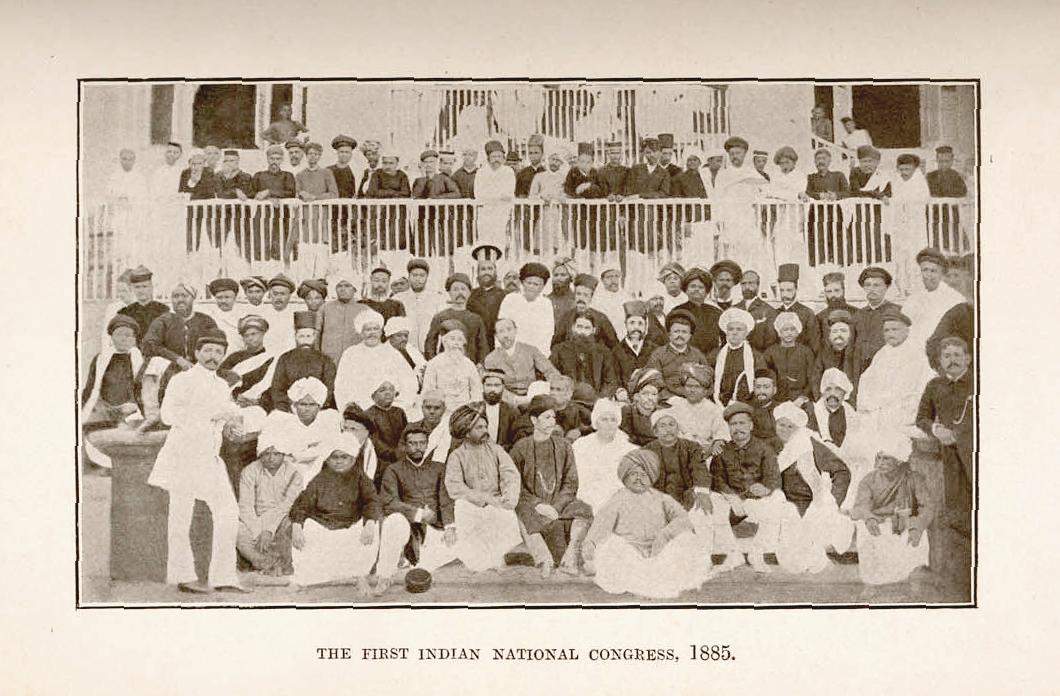

The Indian National Congress, 1885.
Instructor: Prof. Anne Murphy
Why did you choose this image to represent the course?
This image of the Indian National Congress taken in 1885 captures a key moment in the imagination of the nation, but it was only one moment in a longer, and more complex story that is exciting to engage with.
What makes you excited about the course?
The pressing issues in South Asia today, from the protests in India in 2020 against the Citizenship Amendment Act, to the ongoing farmer’s protests, are linked to the development of the idea of the “nation” in the colonial period. I love teaching this class because it helps us think about today in relation to this history, and to better understand the genesis of the issues we see today.
What can students expect from the course?
Students can expect to explore the making of modern India and the other states of South Asia, from the foundation of East India Company control in the subcontinent to the formation of the independent states of India and Pakistan through the partition of the subcontinent. Students will consider the ways caste, gender, class, and language shaped engagement with the idea of the nation in South Asia. We will examine works by great nationalist thinkers in translation, and consider the lives and stories of those too often left out of the “grand narrative” of the nation.
HIST 390E Coca-Cola and Cigarettes: Histories of the 20th Century Multinational Corporation


Student Coordinator, Nicola Braun

Student Coordinator: Nicola Braun
Faculty Sponsor: Prof. William Earl French
Why did you choose this image to represent the course?
This photo was taken during Coca-Cola’s “Share a Coke” campaign. The campaign made me realize how prominent advertising was, and illustrated that the idea behind a product can sometimes matter more than the product itself. The image also alludes to the environmental waste that large companies create, and implies that the expansion of multinationals in the 20th century is related to the expansion of American influence at this time.
What makes you excited about the course?
I am incredibly excited to facilitate discussions on the effect these companies have on our everyday life. I look forward to tracing the origins of multinational corporations together with other students in the course, through the examples of Phillip Morris and Coca-Cola. More importantly, I am eager to learn from my peers and see what new ideas and perspectives they bring to the table.
What can students expect from the course?
Students can expect a collaborative environment where history is explored through the actions and expansion of multinational corporations. Course assignments will mostly be peer graded, and students will explore the themes of the course through discussion, presentations, creative projects and research assignments.
HIST 390C From Spectacle to Dependence: Tracing the Journey of How Electricity Became Integral to Modern Society
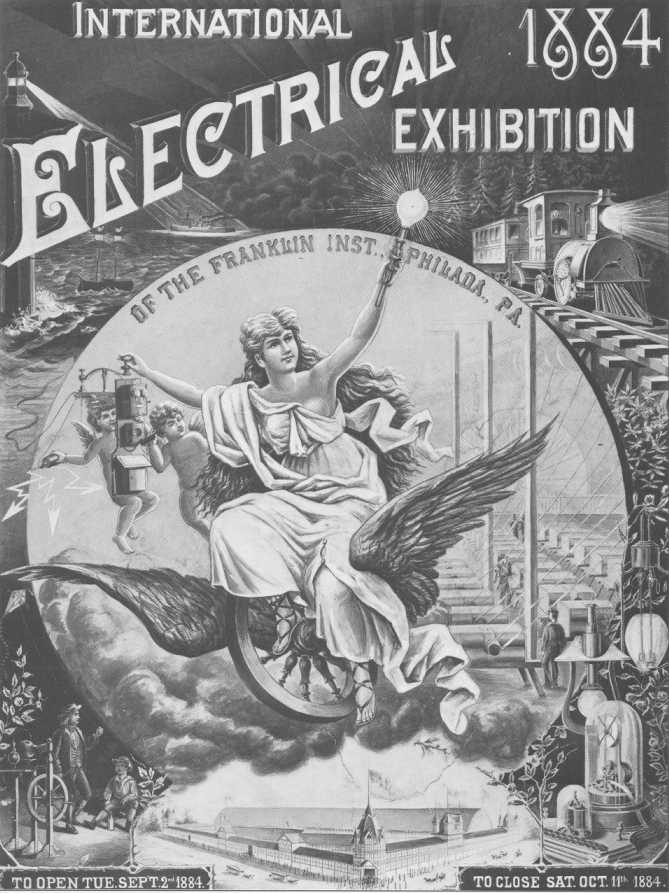

The 1884 International Electricity Exhibition was one of the first showings of the myriad of marvels that electricity could provide to the general public, symbolised most prominently by Edison's lightbulb, shown here prominently bringing the divine light of progress to banish the darkness.


Student Coordinator, Alfred Goy
Student Coordinator: Alfred Goy
Faculty Sponsor: Prof. Alexei Kojevnikov
Why did you choose this image to represent the course?
In this poster from the 1884 International Electricity Exhibition, the angel lights the way forwards with an Edison bulb. This image perfectly illuminates electricity as a dazzling spectacle that represents human technological progress, while the usage of the inefficient Edison bulb foreshadows where our dependence on electricity may lead us.
What makes you excited about the course?
I’m most excited to show students how our wild conceptions of electricity as a mystical energy that could move the dead from the earliest days of its invention haven’t necessarily dimmed with time. After all, how many of us know how the force that guides almost every element of our modern lives works today?
What can students expect from the course?
Students can expect a seminar that doesn’t seek to burden them down with pages upon pages of readings or material to memorize. Instead, we will foster an atmosphere to share ideas through presentations, conversations, debates, and more!

